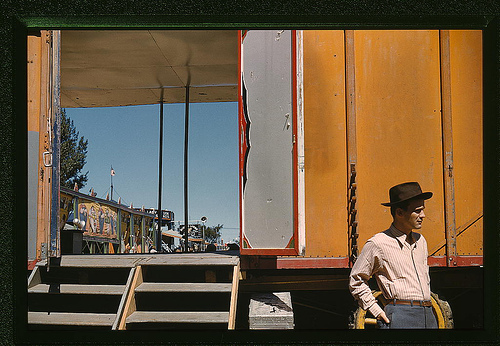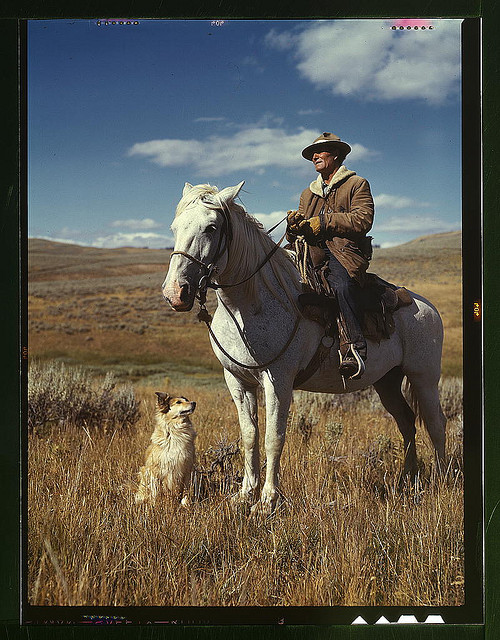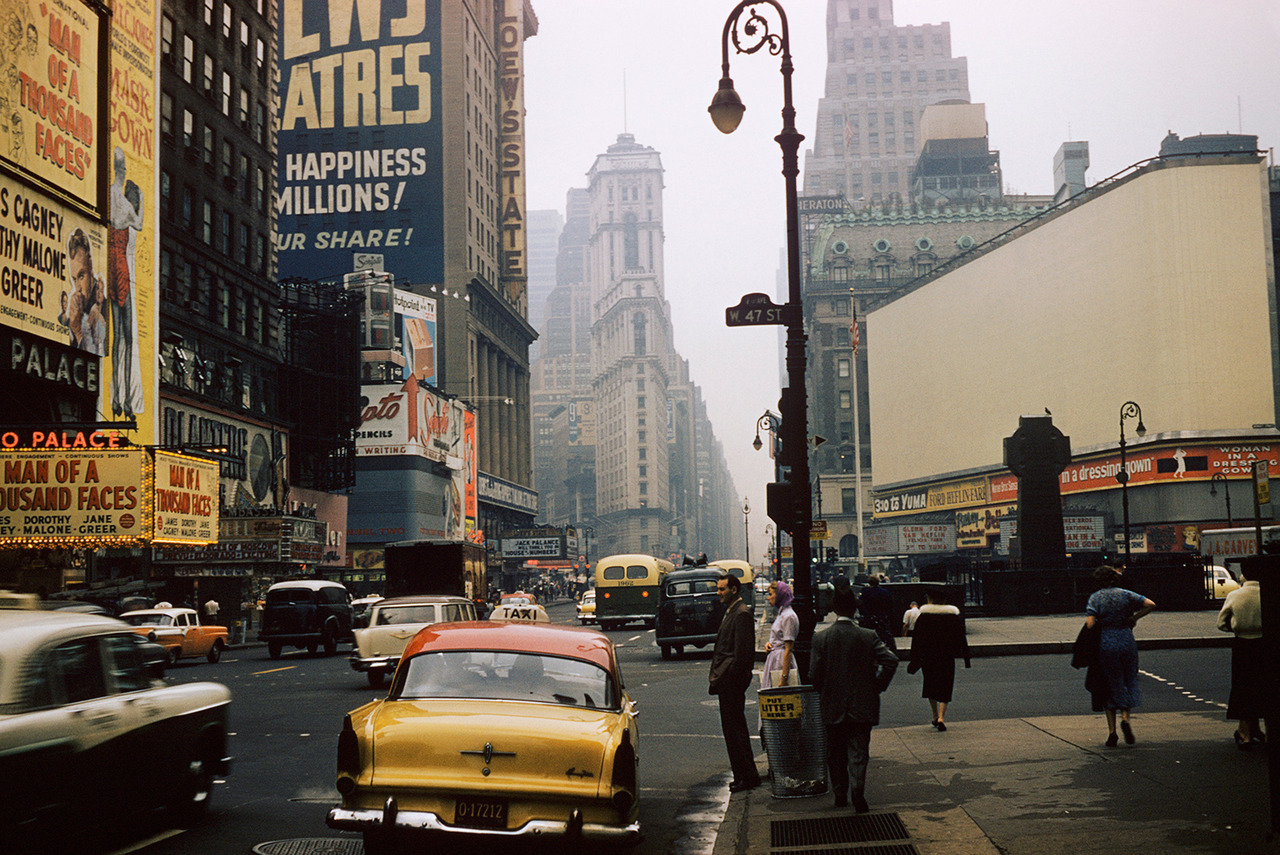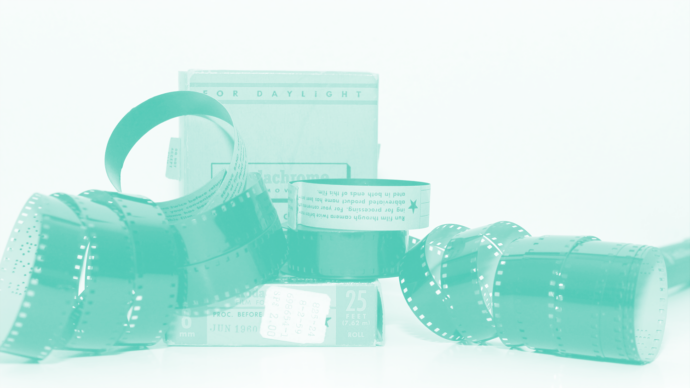In the final week of 2010, the photography world lost something very important … Kodachrome. To many, this seems like a minor loss. Many of us only shoot digital, while many of us still using film have moved on to more modern and readily available film stocks. It was a pain to shoot of late, it was rather pricey to purchase and develop. Furthermore, it had to be sent off for its special K-14 processing.
K-14 processing was once readily available. Small labs could never do it, but Kodak had a worldwide network of development facilities, where film could be sent off to and you would get your slides back in a week or two. As the years passed, Kodachrome sales declined due to modern slide and negative film that could be processed locally within a day.
What Happened To Kodachrome?
When digital photography went mainstream, it was the death knell to Kodachrome, even devout enthusiasts migrated from the venerable film to their DSLRs, providing the photographer a level of control previously unimaginable.
Kodachrome was a victim of advancement, and as the years pass I expect to see the same fate for many of my favorite film stocks. Kodak was making very little on film and chemical sales. They folded all of the Kodak K-14 processing facilities, leaving only one Kodachrome processor available in the entire world, Dwayne’s Photo in Parsons, Kansas.
On June 22, 2009, Kodak announced that they had produced the final batch of Kodachrome 64. Dwayne’s announced that they would continue processing until chemical stocks were depleted, which would be in late 2010. Shortly after Dwayne’s announced the final day for Kodachrome processing would be December 30, 2010. That day passed last week.

To many, this may seem like a small event. To others, it was a last chance to load up my favorite film and relive the old days.
While still others discovered Kodachrome for the very first time and felt saddened to realize that it would be their only opportunity. Honestly, I only shot about 10 rolls of it before the announcement was made.
Afterwards, I shot another 16 rolls, of which I sent in 15 rolls for development and forgot one in the camera, only to discover it on New Year’s day.
Kodachrome And It’s Historical Impact
What is important to remember about Kodachrome is that it changed the way we looked at the world. It was the first viable and stable color film available on the market. Two musicians developed the film in the early 1930’s; Leopold Godowsky, Jr and Leopold Mannes. Simply unsatisfied with the color in a movie they had recently seen, they set out to improve color motion photography. In their efforts they created Kodachrome.
Photographers revere the film for its accurate colors and image stability. Images shot on Kodachrome and properly stored look today as if shot yesterday, even those it may have been shot in the 1940’s. It’s the most archival of any color film, including those manufactured today.

Kodachrome is the means by which we have seen history in living color. From the 1930’s until the 1950’s it was the defacto standard for color photography. Look at any old National Geographic from the 50’s, almost every color image was a Kodachrome. The stunning color photography from World War II was almost exclusively captured on Kodachrome stock. We see most of the 1960’s through its color. Most of the family slide collections from years past are primarily of differing versions of this iconic film.
It was not until Kodak’s own Ektachome (developed in the 1940’s) garnered a large enough level of quality did other slide film start to cut into Kodachrome’s sales, and that was not even until the 1960’s that it made a big impact and not until the 70’s when it started to significantly affect Kodachrome sales.
Kodachrome II 8mm and 16mm film perfectly captured iconic videos and photos, including the Zapruder film of President Kennedy’s assassination and Queen Elizabeth II’s coronation.
Of course, Steve McCurry used the film to capture his image “Afghan Girl” for National Geographic, which is one of its more memorable covers. If you dig, you will discover that photographers took many of your favorite mid-20th-century images on this amazing stock.

It is sad that the industry discontinued this venerable film after 75 years of continual service. No other color film has had this longevity and only a few black and white film stocks have similar longevity. Even in its final days, it was still a preeminent film stock; with vivid, yet natural colors and sharpness that was hard to capture with any other color film, slide or negative.
What Makes It Special
It’s unique composition and development processes allowed it these traits. There are no color couplers in the film; it is simply three layers of black and white film of varying sensitivity. The lack of dye couplers allowed the film to have extremely thin negatives, enhancing sharpness and color accuracy.
The film only receives color during the processing phase, which means it contains no unused dyes in the slide, thereby improving sharpness and archival longevity.
Hopefully, many of you will find these presets useful. Some will attempt to recapture the magic of Kodachrome, while others will simply impart that classic feel unto their images. While my emulations will never reach the level of quality of the true film, it is my small effort to help preserve the warmth of Kodachrome.
Kodachrome is available with the XEQUALS Platform.



